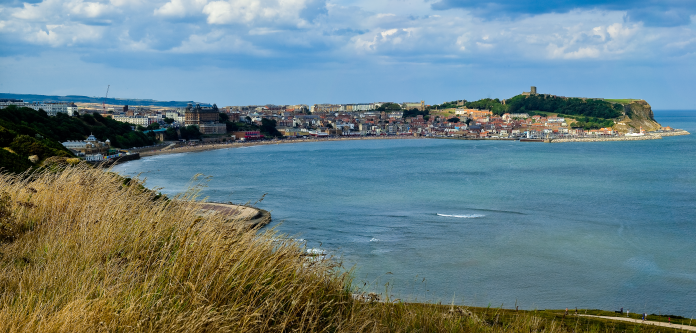
Could one miscalculated turn at sea draw three nations into all-out conflict? This week’s events off Scarborough Shoal indicate the answer may depend as much on naval engineering and operational doctrine as it does on diplomacy.
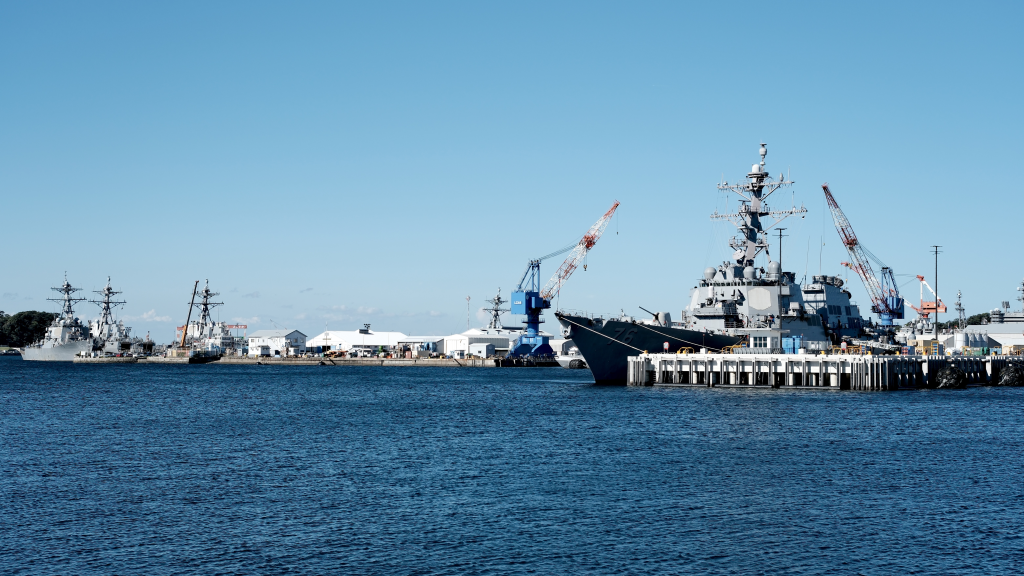
1. The USS Higgins and the Disputed 12 Nautical Miles
On August 13, the U.S. Navy guided-missile destroyer USS Higgins (DDG-76) steamed within 12 nautical miles of Scarborough Shoal in what the Seventh Fleet acknowledged as a Freedom of Navigation Operation (FONOP). The U.S. declared the move defied “the imposition of any authorization or advance-notification requirement for innocent passage” unilaterally applied by China and Taiwan. Beijing’s Southern Theater Command asserted the destroyer had “illegally intruded” in its territorial waters and was “driven away” by Chinese naval forces. The shoal is within the Philippines’ exclusive economic zone (EEZ) but has been de facto controlled by China since 2012. According to the 2016 Permanent Court of Arbitration decision, Scarborough only produces a territorial sea, not an EEZ discrediting Beijing’s broad “nine-dash line” claim.
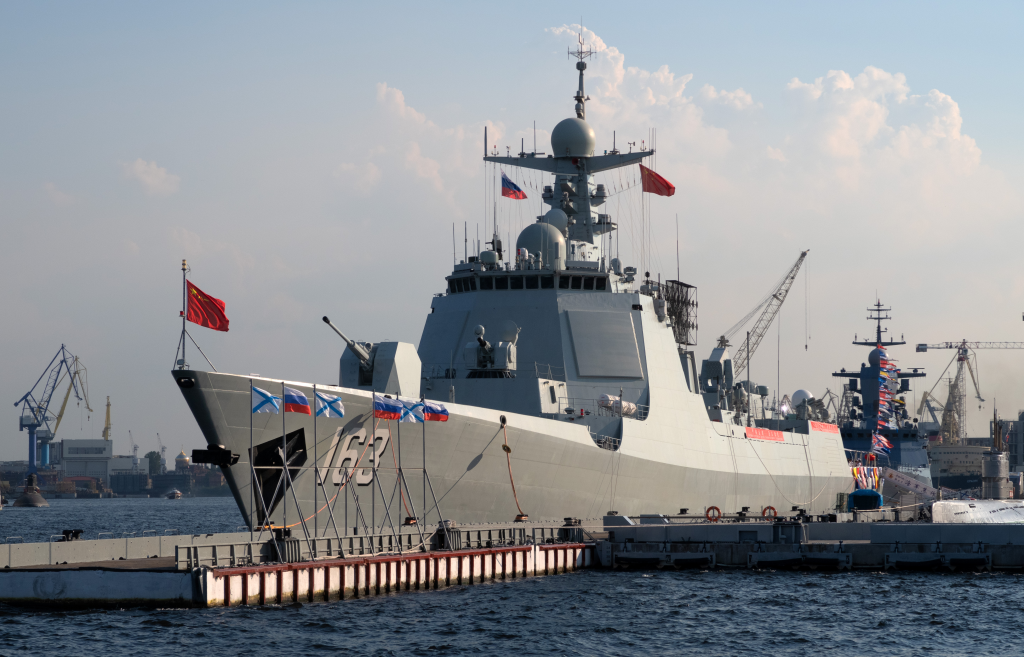
2. The Type 052D Destroyer Guilin: Overkill in a Law Enforcement Role
Two days before the FONOP, the Chinese Navy’s Type 052D-class destroyer Guilin (hull number 164) was directly involved in a collision with a China Coast Guard cutter during an attempted blockade of the Philippine Coast Guard vessel BRP Suluan. Type 052D is a 7,500-ton multi-purpose warship with phased-array radar, vertical launch systems for the HHQ-9B long-range surface-to-air missile, YJ-18 anti-ship cruise missiles, and land-attack missions over 1,000 kilometers. Dovetailing with fleet air defense and escort operations in carrier strike groups, its use in close-range interdiction was termed by analysts as “overkill” and “highly unusual.” Alessio Patalano of King’s College London regarded the maneuver as “highly unprofessional and dangerous from intent to execution.”

3. Anatomy of the Collision
Video footage released by the Philippine Coast Guard indicates that the Guilin made a move to cut in the direction of the bow of the smaller BRP Suluan while the China Coast Guard cutter 3104 closed in from the other side. The move seemed aimed at “sandwiching” the Philippine ship, pushing it into the water cannon stream of the cutter. Instead, the Guilin’s port bow rammed the cutter’s forecastle, destroying the latter’s bow framework and making it “unseaworthy.” At least two Chinese crewmen were spotted on the cutter’s bow seconds before collision. Experts observed that such complex coordinated interdiction demands massive joint training, which was lacking in the implementation.
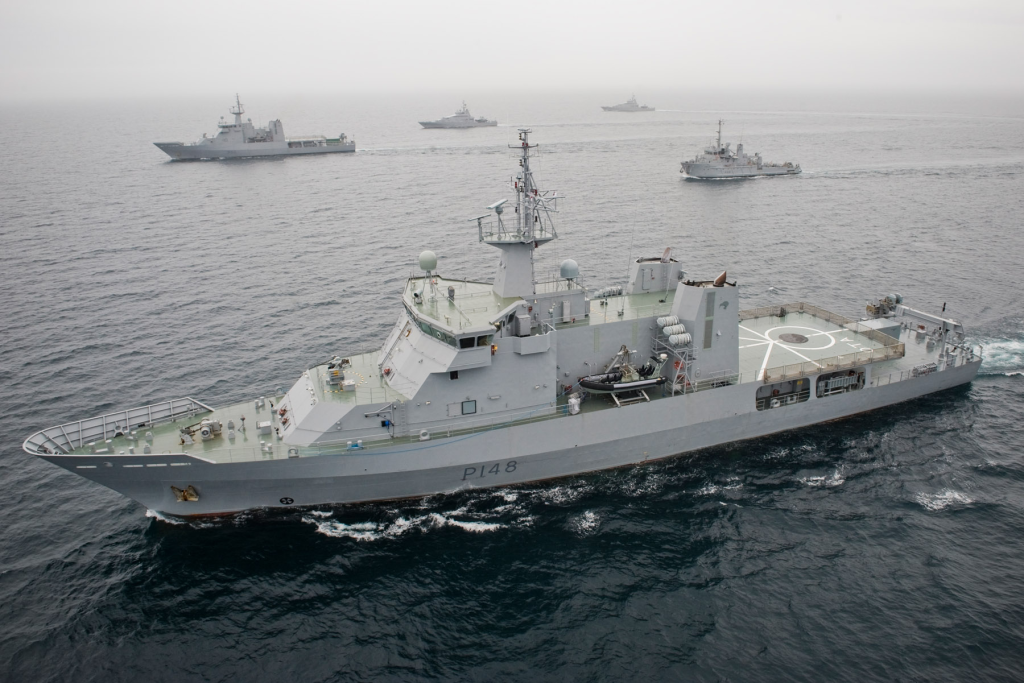
4. Gray Zone Tactics and Escalation Risks
The episode is part of a pattern of Chinese “gray zone” activities swarming, blocking, and harassment aimed at establishing control without entering the realm of armed conflict. Ray Powell from Stanford’s SeaLight project noted that China is now intercepting Philippine ships “well beyond any legitimate territorial sea claim.” The appearance of a plan destroyer for direct interdiction, instead of “over the horizon” support, represents a toughening posture. Such up-close operations between heavily armed big ships and small patrol boats intensify the danger of fatal accidents.
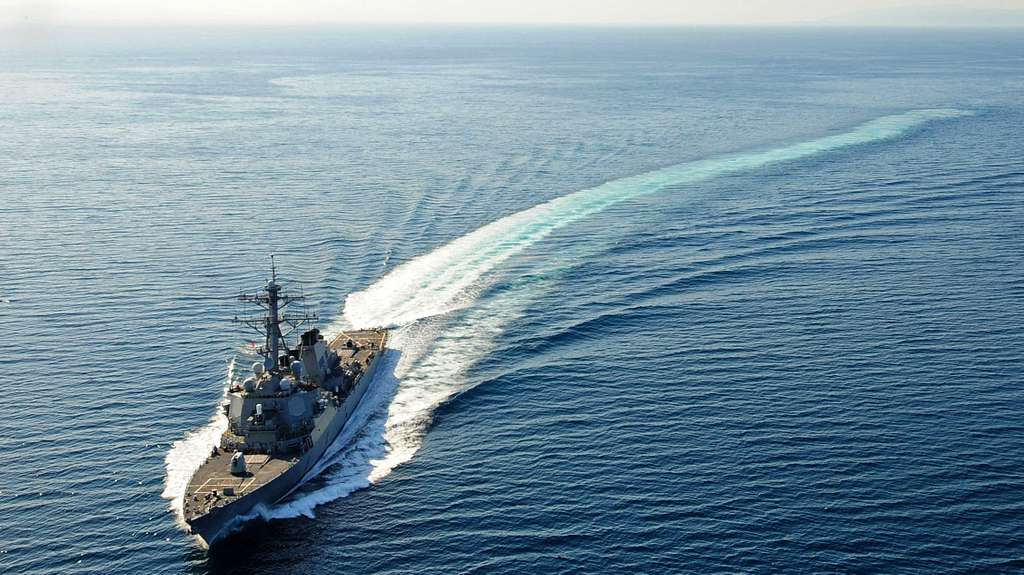
5. The Freedom of Navigation Strategy
The USS Higgins’ transit was part of a protracted U.S. campaign to challenge excessive maritime claims and preserve open sea lanes. FONOPs are carried out under the premise that naval ships can make “innocent passage” through territorial seas without notice. The Seventh Fleet made clear that “nothing China says otherwise will deter us.” These actions are as much exercises in demonstration of navigational rights under UNCLOS as they are strategic messaging to allies such as the Philippines.
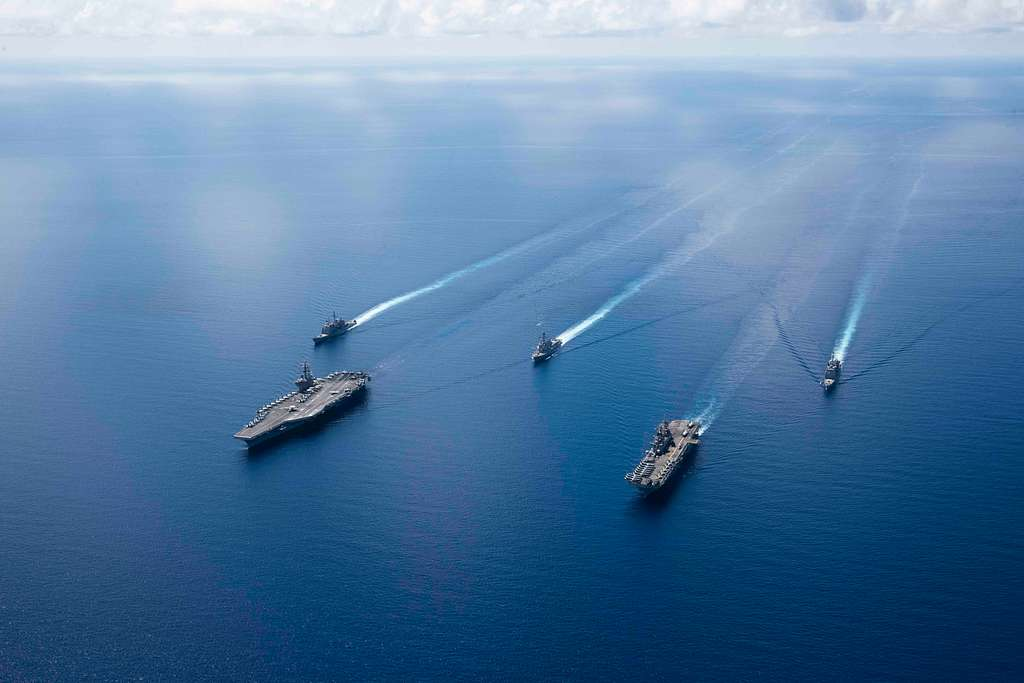
6. Treaty Obligations and the ‘Red Line’
The Philippines and the United States are united under a 1951 Mutual Defense Treaty, which binds them to come to the aid of the other’s forces in the event of an armed attack in the Pacific, including the South China Sea. Philippine President Ferdinand Marcos Jr. has declared that the loss of a Filipino mariner in such an accident would bring “very, very close to what we define as an act of war.” The incident’s closeness to this line reflects the high likelihood of fast escalation from naval confrontation to treaty-triggers conflict.
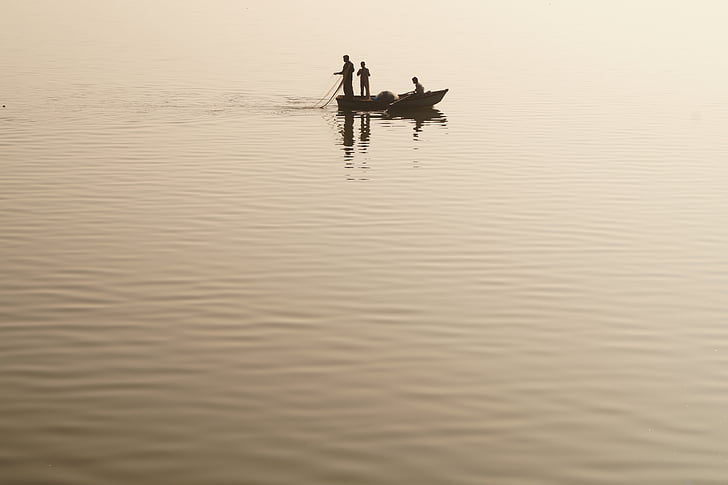
7. Technical and Environmental Stakes at Scarborough
Scarborough Shoal is not only a seagoing strategic chokepoint but also lies within productive fishing areas and potential hydrocarbon deposits. The 2016 arbitral tribunal concluded that China had “unlawfully prevented Filipino fishermen from engaging in traditional fishing” and had allowed environmentally harmful harvesting of endangered species. Militarization of such features China has constructed airstrips, ports, and radar facilities on other reclaimed reefs could imperil both ecological stability and the integrity of international maritime law.
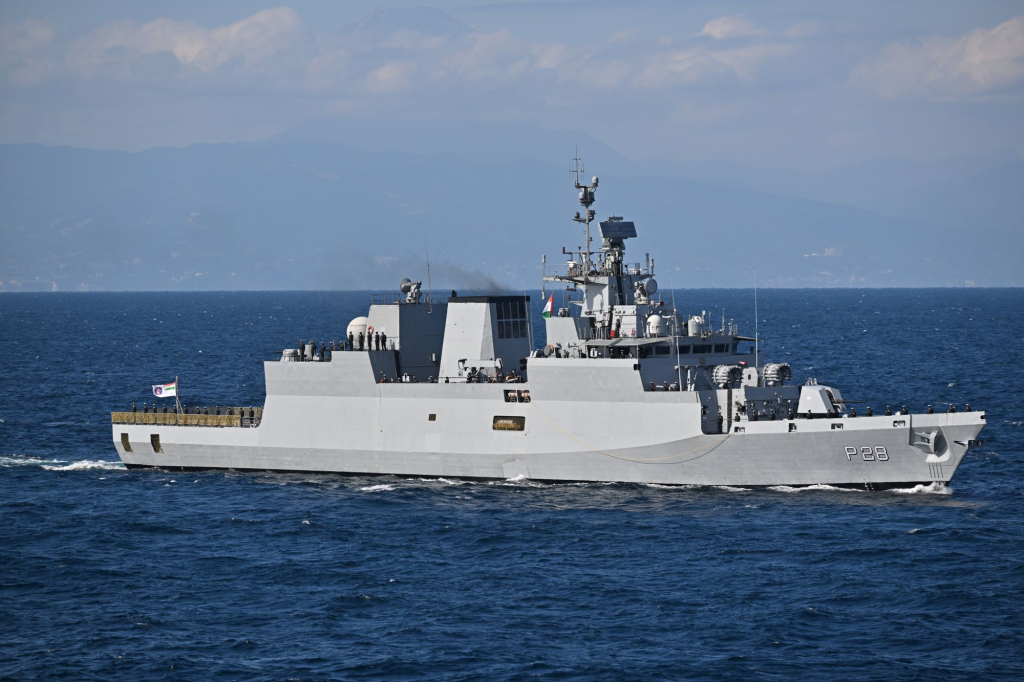
8. Regional and Global Responses
Japan, Australia, and New Zealand condemned the “dangerous and unprofessional conduct” of Chinese ships. The United States ambassador to Manila called the attempted blockade “reckless.” These incidents also elicit capacity-building reactions: Japan has sent patrol ships to the Philippines, and the U.S. maintains joint patrols with partners in the region. These actions are designed to deter additional Chinese aggression but also raise the number of naval ships in disputed waters, enhancing the potential for future confrontations.
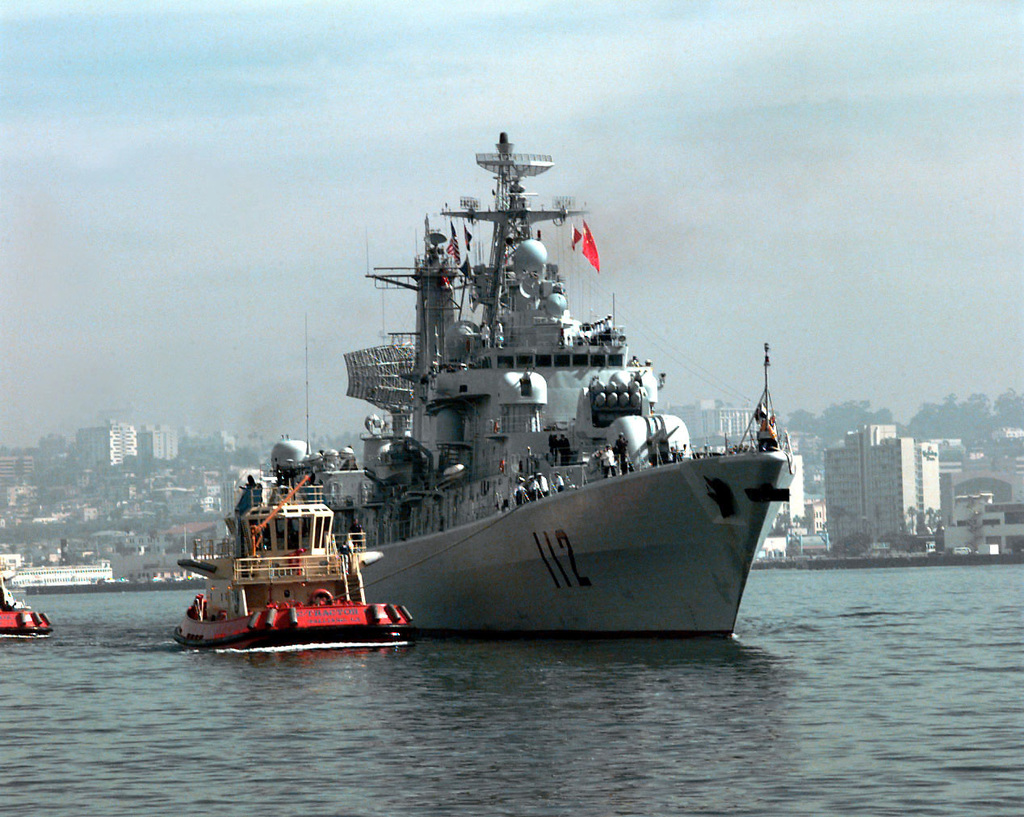
The clash between two Chinese warships, one a cutting-edge guided-missile destroyer, in their attempt to intercept a Philippine patrol boat is a tactical folly, but it is also a textbook example of how sophisticated naval vessels, when applied imperfectly to politically fraught maritime conflicts, can make a disputed shoal a testing ground for superpower conflict.
